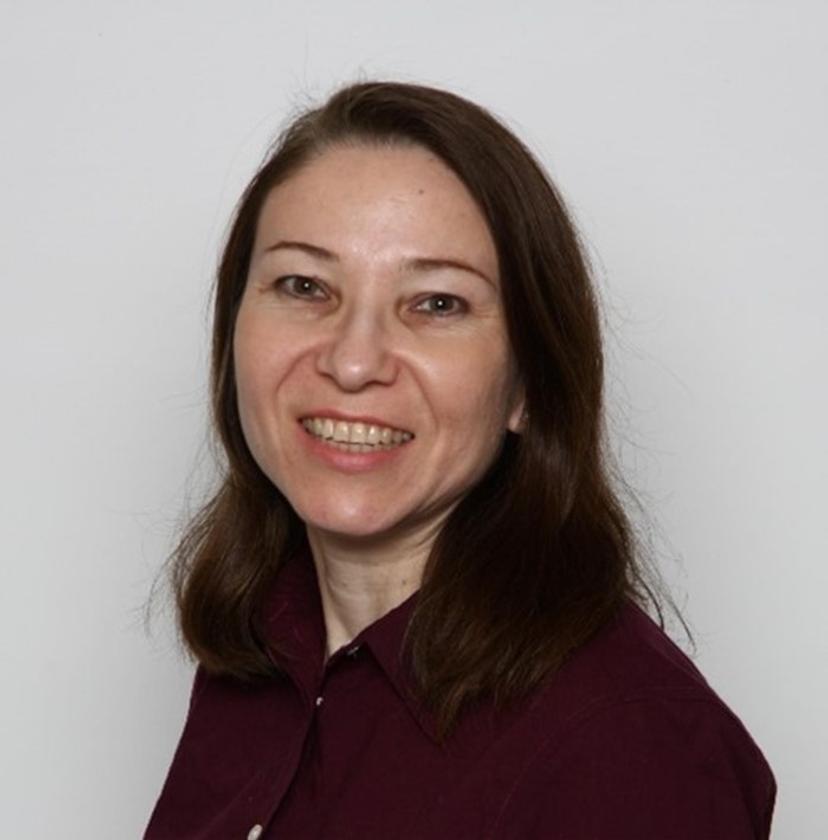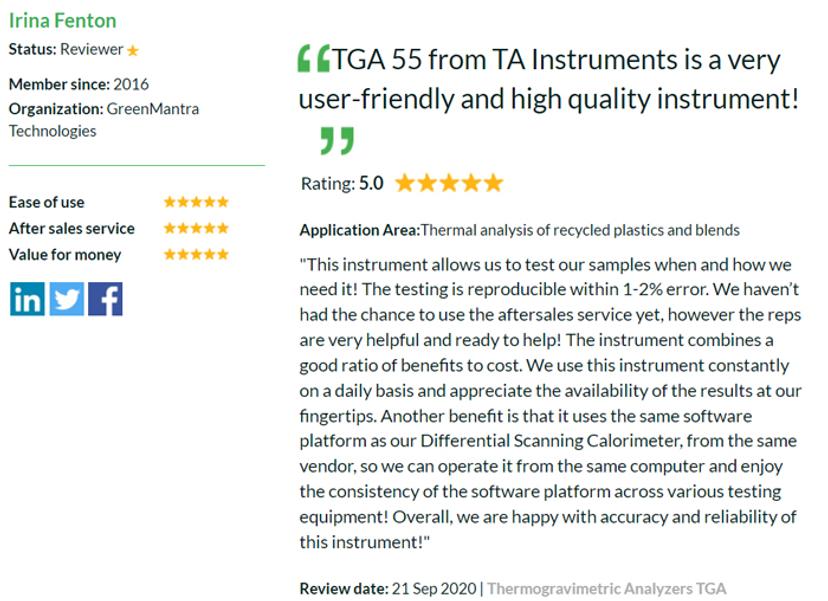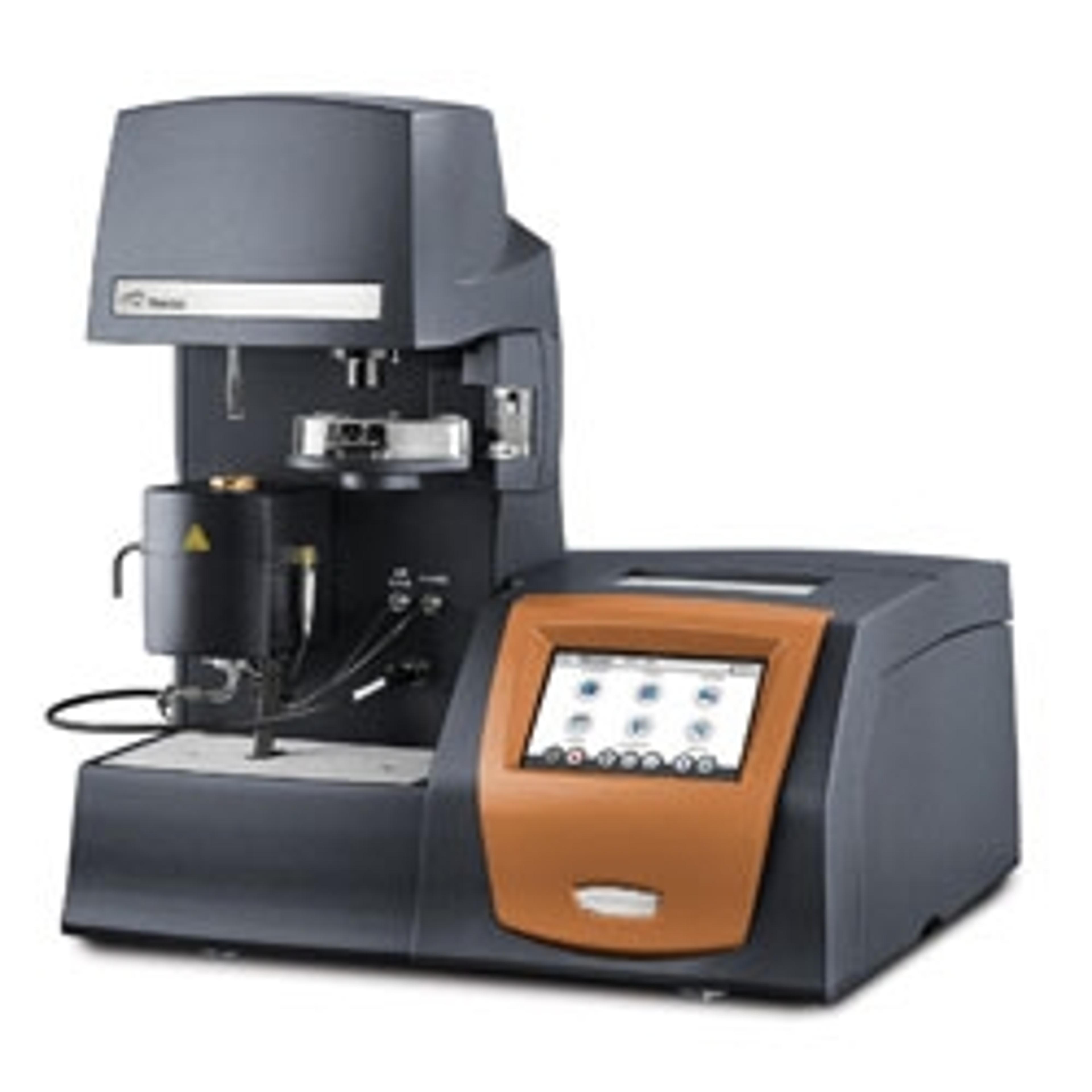‘Science should align with communication channels to make information accessible’
Senior application scientist Irina Fenton discusses the importance of scientific communication in both finding the right lab equipment and disseminating information
7 Oct 2021


Lab product reviews can change the world by helping other scientists find the best equipment to accelerate their vital work. Here at SelectScience®, we are dedicated to promoting peer-to-peer communication that will make the difference - but we couldn't do it without our esteemed reviewers. In this regular feature, we put the spotlight on some of our most dedicated and impactful reviewers and find out what inspires them to keep sharing their knowledge with the global scientific community.
We are delighted to introduce this week’s Reviewer in the Spotlight, Irina Fenton, senior application scientist at GreenMantra Technologies. An experienced and results-focused professional with a hands-on background in product development, research, quality control and analytical chemical methods, Irina tells us about her research and vision for the future of science communication.
Tell us about your role and current research
I am a senior application scientist at GreenMantra Technologies, a private Canadian company that manufactures plastic additives produced from recycled plastic feedstocks. I have been with this company for five years. I lead the research and developmental projects that explore new feedstocks for the chemical recycling methods for plastics and applications for the chemical recycling products in various industries including asphalt (roofing and pavements) and industrial plastic conversion (extrusion, blow molding, films coatings and more). Not only do I perform reactive chemistry and testing, but I also liaise with potential and existing customers to help solve their problems and promote the circular economy.
Who or what inspired you to become a scientist?
I am a generational scientist. Both of my parents and some other family members are scientists and engineers. I was submerged into the science and engineering aura from my childhood. I believe that exploring new and unknown phenomena and trying to understand the world that I saw from the example of my family and my friends’ families inspired me to pursue my career in science.

What have been your biggest challenges as a scientist?
The biggest challenge for me as a scientist is the opportunity to demonstrate that science is a way to make our life better and safer when the focus is on harmony between people and the environment. Science and engineering streamline interdependencies between people and the people and environment in the long term. It comes down to finding and employing a cleaner energy source than coal, abandoning the concept of waste and, instead, turning it into resources and creating healthier environments for us to live in. Yet even more challenging is to convert a scientific method into a profitable business because that is what ultimately drives industrial development and ‘green lights’ the concept.
What do you think we can learn about the need for clear science communication post-pandemic?
I believe that we learned about various means of scientific communication (articles, presentations, experts’ reviews, etc., delivered in writing or orally, online chats and less face-to-face communications) during the pandemic. In my opinion, the pandemic itself demonstrated that there is a high value in clear and concise information from recognized sources of expertise. In essence, I see science communications more based on specific facts (avoiding opinions, judgements and guessing), statistical confidence (data science) and easier access to information and scientific knowledge across borders. Science should align with communication channels to make information easily accessible and available globally, in a clear and more concise format post-pandemic compared to the way we had it before.
The pandemic itself demonstrated that there is a high value in clear and concise information from recognized sources of expertise.
What do you want the future of science communication to look like?
I would like to be able to communicate with scientists in other parts of the world (Asia, Pacific region, Middle East, Africa, South America, etc) using a common scientific language, to be able to solve research and applied science challenges and to make our lives better and safer. I would like to be able to speak with certain experts in elected fields directly rather than spend hours upon hours trying to find them, connect to them somehow or make endless attempts to obtain their papers and translate them into meaningful context. Overall, accessibility and clarity of communication in the science community should be key for the post-pandemic era.
Why do you think lab equipment reviews are important?
The choice of lab equipment affects the efficiency of scientific processes, the accuracy of information obtained by using the laboratory equipment and standardization of data acquisition. I make my selection of particular equipment not only based on its price but mostly on reviews from recognized experts, public reviews and industry standards. Having these reviews plays an especially important part in my decision to acquire a piece of certain equipment when there are several options available. Reviews from peer scientists help me to choose the equipment that aligns better with my priorities and goals.
What is the most innovative piece of lab equipment you use?
I would name our thermogravimetric analyzer as the most innovative piece of equipment at present in the lab. It’s such a versatile tool and allows us to gain an understanding of the material and process insights in so many dimensions. It seems to be based on a very simple principle, but it allows us to do so much: it helps us to confirm the nature of a material, the degree of chemical purity, the thermal degradation pathways and relative composition, as well as helping us with our product quality metrics.

What are your future goals as a scientist?
I have a few goals as a scientist: Solve the plastic waste challenge in a commercially viable business model, find ways to drastically reduce greenhouse gas emissions in the plastic industry, bring science to the community and vice versa or be a science advocate. That is a short list!
Would you like to feature in our Reviewer Spotlight? Write your review here to be in with a chance >>

